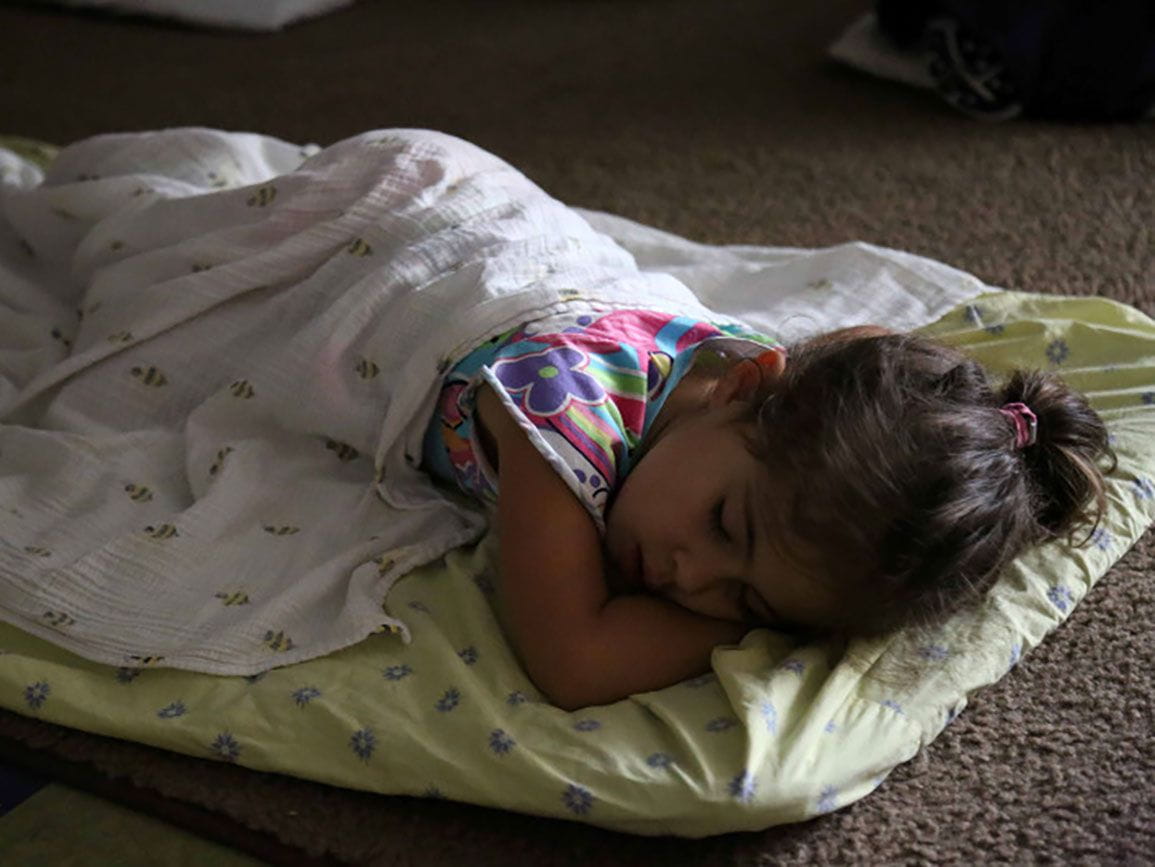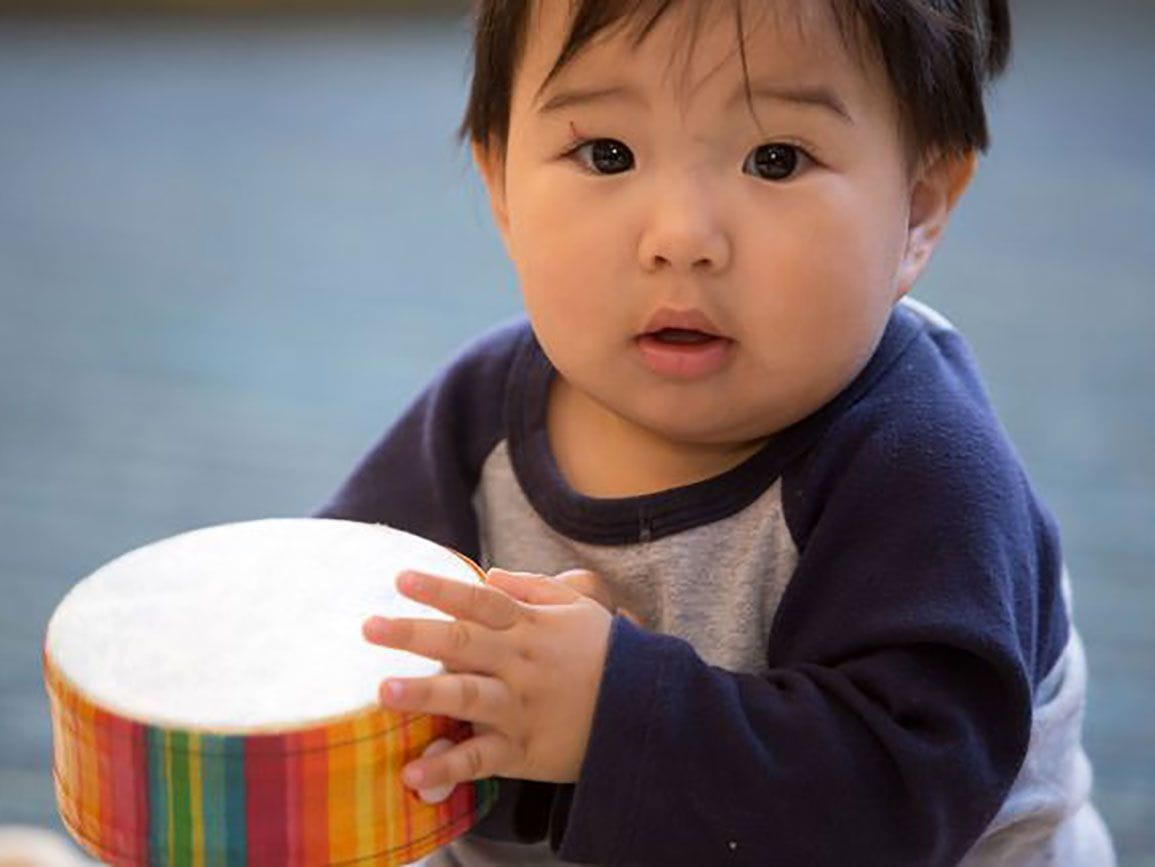"Be careful! Watch your finger! I can't even watch this!" My husband sat on the edge of his seat as my 3-year-old son recently cut some sliced apples into cubes. After graduating from using a butter knife to successfully spread butter and cut soft fruits and vegetables, I have recently started teaching my toddler to use a knife - a sharp knife.
My son loves it. My husband...not so much. Similar to my irrational fear of my son drowning, my husband squirms at my son's risky behavior around sharp objects. But recent studies show there is tremendous upside to teaching young children to use knives.
The International Journal of Environmental Research and Public Health recently reported that risky play - including using knives - had positive child development impact on social health and self-esteem while reducing aggressive behavior and the likeliness of engaging in risky behavior as adolescents. Other studies have shown that getting kids cooking makes them more open to healthy eating habits.
For me, teaching my toddler to use a knife has more practical implications. He's a "me do it" sort of child, and as a way to nurture his independence (and avoid a tantrum), I have to consciously stop myself from "doing everything for him" and, rather, guide him to develop the skills. In fact, I often find myself saying that "it's a million times easier to show him how to do something right than to forbid it" which can be a challenge when teaching him how to behave on a mountain summit...or when using knives. For Owen, his preschool body often acts faster than his brain so I've approached the teaching of knife skills slowly and at a pace where the whole family (well, except my husband) feels comfortable.
Steps for Teaching Toddlers to Use a Knife
- Step 1: I started with a plastic knife and simple activities such as spreading butter on a corn cob or bread slice, cutting playdough or other soft items like bread, pancakes, etc. We talked about the parts of the knife, the proper way to hold it with the "sharp" side down, how to keep fingers clear of the blade, and how to gently saw back and forth with the knife. In this early phase (and all along the way) we talk about safety rules - knives are only for cutting food, keep food on cutting surface (not in air), put knife down when not in use, always handle knives when calm, etc.
- Step 2: Once he mastered plastic knives, I let him use butter knives for the same activities and gradually introduced other soft food items such as bananas, melon, etc. In this stage, I showed him how to stabilize the food before cutting. When needed, I would prep the food to make it more stable (i.e. cut banana in half lengthwise, remove melon from rind, etc.).
- Step 3: After close to a year, my son is now in this stage where I'm teaching him to use a sharp knife. Like above, I'm starting with soft items that he already has experience with a butter knife. Then, I gradually have been introducing other foods with more texture - chicken sausages, sliced apples, cucumber sticks, etc.
Despite the general progression of learning, there are many times when mom or dad have to take over or we have to say "no!" because he's being too silly or active or careless. And we're okay with that - it's like teaching him to write or use the potty - it takes time, there are setbacks, we're too busy.
The most important tip for teaching a toddler to use a knife is to know their level of readiness and general capability. Afterall, the benefits do not outweigh the importance that our son grows up with all his fingers.
RELATED RESOURCES:
- E-family news: Children Developing Independence: What Is the Right Balance?
- E-family news: Toddler Development: Helping Children Through the "Me Do It" Stage
- Read more Family Room blog posts about child development.





